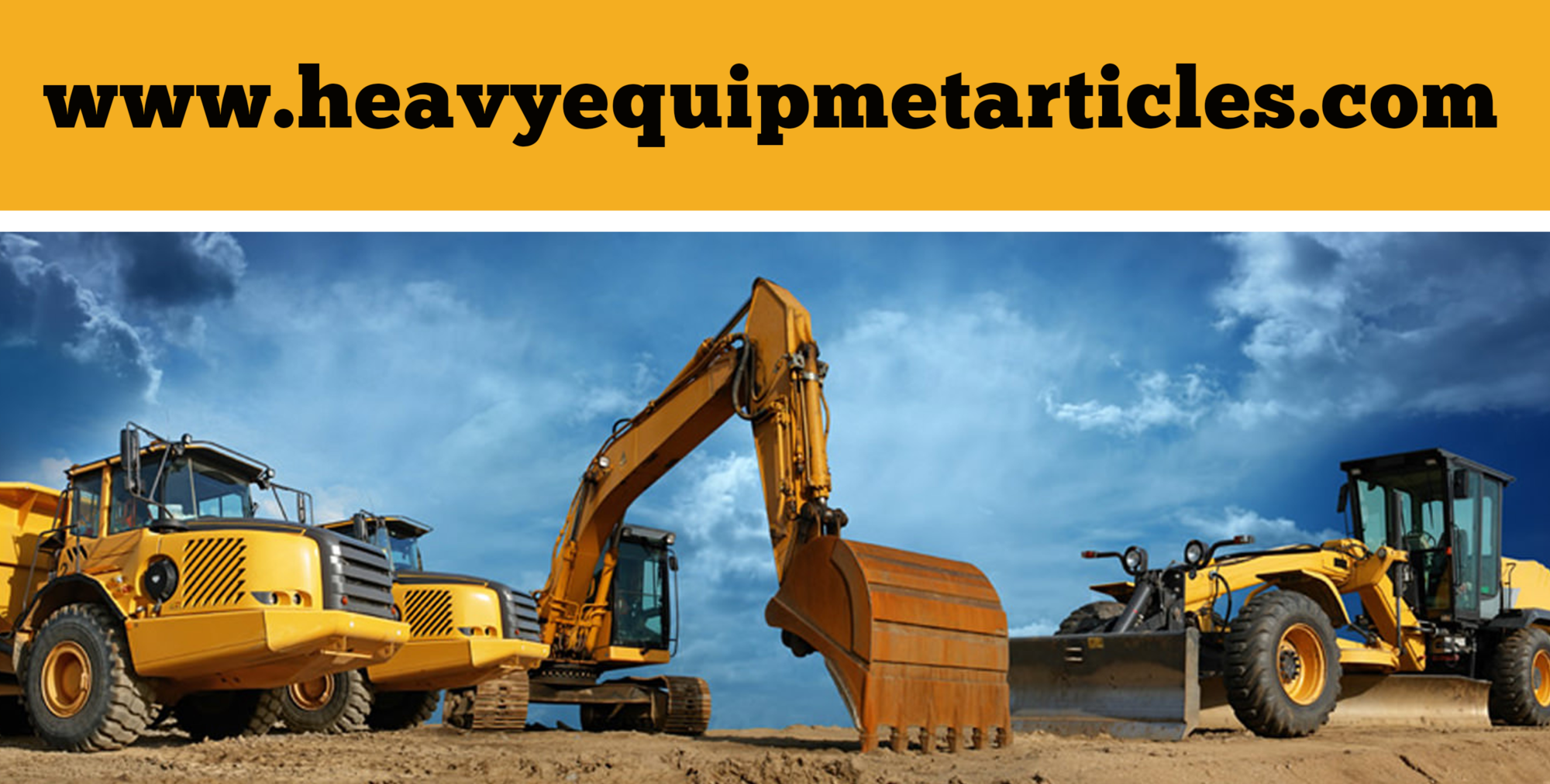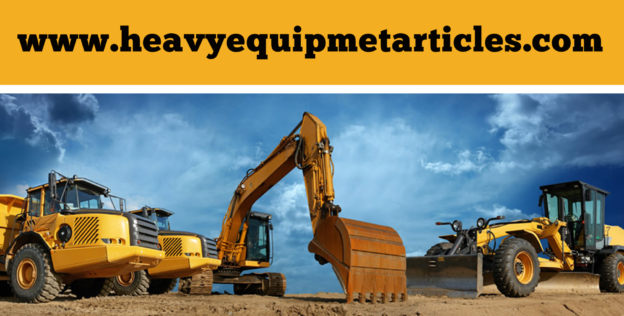In the realm of occupational safety and health, the Occupational Safety and Health Administration (OSHA) plays a crucial role in ensuring the well-being of workers across various industries. As part of their efforts, OSHA defines and regulates different aspects of workplace safety, including the use of heavy equipment. Understanding what OSHA considers heavy equipment is vital for employers, employees, and safety professionals to maintain a safe and secure working environment.
Defining Heavy Equipment
Heavy equipment refers to large, powerful machines used in construction, manufacturing, and other industries to carry out tasks that require significant power, force, and stability. OSHA categorizes heavy equipment based on factors such as weight, size, and the potential hazards they pose to workers. These machines typically require specialized training to operate safely.
Types of Heavy Equipment
- Construction Equipment: This category includes heavy machinery used in construction projects, such as excavators, bulldozers, backhoes, cranes, loaders, and forklifts. Construction equipment is essential for earth-moving, lifting, digging, and material handling on construction sites.
- Industrial Machinery: Heavy equipment used in industrial settings, like factories and manufacturing facilities, falls under this category. Examples include hydraulic presses, stamping machines, and large-scale manufacturing equipment.
- Transportation Equipment: Certain vehicles used for transporting goods or people can also be classified as heavy equipment. This category includes commercial trucks, buses, and heavy-duty vehicles designed for special purposes.
OSHA’s Considerations for Heavy Equipment
- Safety Training: OSHA requires employers to provide adequate training to employees who operate heavy equipment. This training should cover machine-specific knowledge, safe operating procedures, potential hazards, and emergency protocols. Regular refresher training is also encouraged to maintain a skilled and safety-conscious workforce.
- Maintenance and Inspections: Employers are responsible for ensuring that heavy equipment is well-maintained and undergoes regular inspections. This practice helps identify potential issues and prevents equipment failure that could lead to accidents.
- Personal Protective Equipment (PPE): Workers operating or working around heavy equipment should wear appropriate PPE, such as hard hats, high-visibility clothing, steel-toed boots, and eye protection, to reduce the risk of injury.
- Communication and Signals: Effective communication between equipment operators and other workers is crucial to prevent accidents. OSHA requires the use of standardized hand signals or communication devices, such as radios, to maintain clear lines of communication on worksites.
- Load Capacity and Stability: Understanding the load capacity and stability of heavy equipment is essential to avoid overloading, tipping, or structural failure, which can lead to accidents.
OSHA’s consideration of heavy equipment encompasses various factors aimed at ensuring the safety and well-being of workers in hazardous work environments. Employers must adhere to OSHA’s guidelines for training, maintenance, and the use of personal protective equipment to prevent accidents and injuries associated with heavy equipment operations. By prioritizing safety and compliance, businesses can create a work culture that safeguards their most valuable asset—their workforce.

